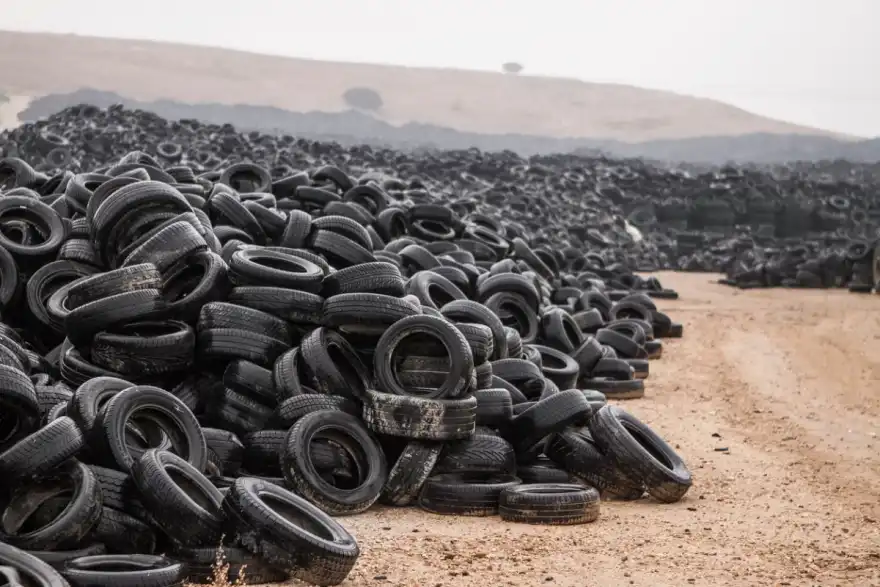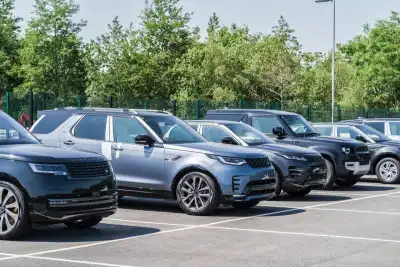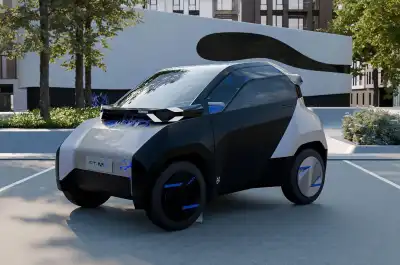
Most people are aware of the ‘conventional’ pollution that comes from a car. Burning both petrol and diesel creates a number of harmful chemicals such as carbon monoxide and nitrogen dioxide, while carbon dioxide contributes to harmful ozone levels that stop the Earth from maintaining its temperature properly.
But what about the other big emission from cars that isn’t openly discussed - tyre pollution. Here, we’re going to take a look at what the tyres from our cars are producing and how they might be contributing towards emissions as a whole.
So what are tyres producing?
It’s easy to work out. When a tyre rolls, it naturally degrades and breaks down as it moves, sending these particles into the air. You’ll also find similar particles coming from a car’s brake discs and pads, which are sent into the air each time a vehicle slows down.
Different types and brands of tyres produce more pollutants than others, with poorer, low-quality rubber often degrading quicker and sending more emissions into the air.
So what effect does this have?
According to Emissions Analytics, one of the UK’s leading tyre pollution analysts, ‘non-exhaust emissions (NEE) are particles released into the air from brake wear, tyre wear, road surface wear and resuspension of road dust during on-road vehicle usage.’ So far from being just tyres, other aspects of both the car and road can be contributing to emissions.
‘No legislation is in place to limit or reduce NEE, but they cause a great deal of concern for air quality’, Emissions Analytics added. Tailpipe emissions are heavily regulated, after all, with some of the latest cars producing very little CO2, but there are no regulations in place to control tyre wear emissions.
How do tyre pollutants compare with exhaust emissions?
According to Emissions Analytics, ‘pollution from tyre wear can be 1,000 times worse than what comes out of a car’s exhaust’. Naturally, there will be some variation between different tyre brands and types, but it goes to show the effect that tyres and brakes can have on the air around them.
As vehicle emissions have fallen - due to better efficiency levels and more stringent regulations - tyre pollutants have been allowed to continue unregulated.
Do different cars produce different tyre emissions?
That’s right. Naturally, weight is a big contributor in this area, which is why large SUVs can often produce more tyre emissions than lighter models. The same goes for electric vehicles as though they don’t produce any CO2, their greater weight means that they often kick out more tyre pollutants than others.
Do tyre pollutants affect any other areas?
There’s a good chance that tyre pollution could be infiltrating other areas of the environment. In July 2023, the University of Portsmouth kickstarted a research project that is looking into how ‘toxic chemicals’ from tyres are being released into rivers, lakes and coastal estuaries. It follows from a lawsuit filed by The Pacific Coast Federation of Fishermen’s Associations and the Institute for Fisheries Resources in America alleged that toxic chemicals from tyres had killed salmon, trout and other wildlife on the west coast of the country.
Even initial findings from the University of Portsmouth’s study - conducted in collaboration with Emissions Analytics - found that ‘154 chemical additives in seaweeds and 105 in sediments which can also be found in car tyres’.




